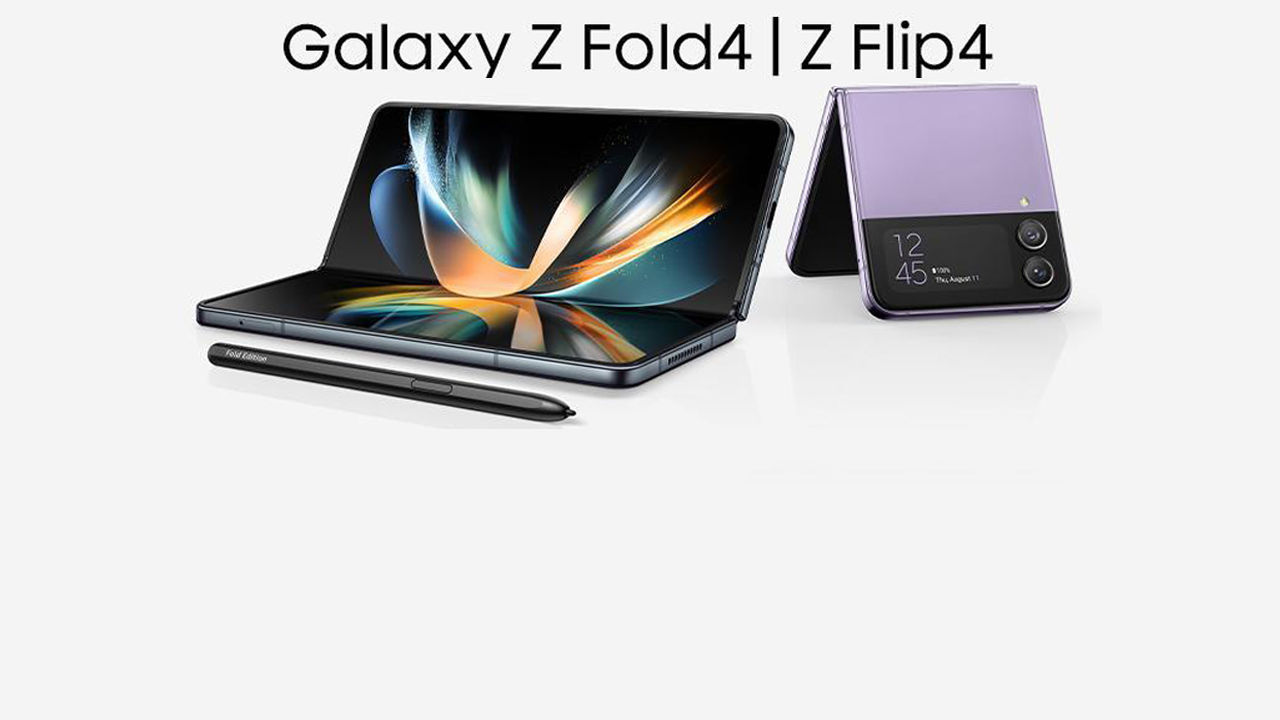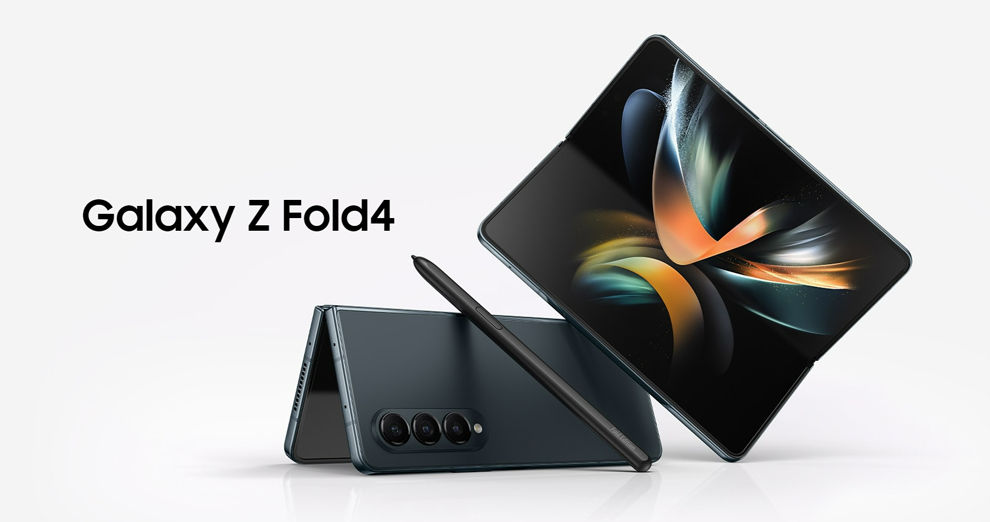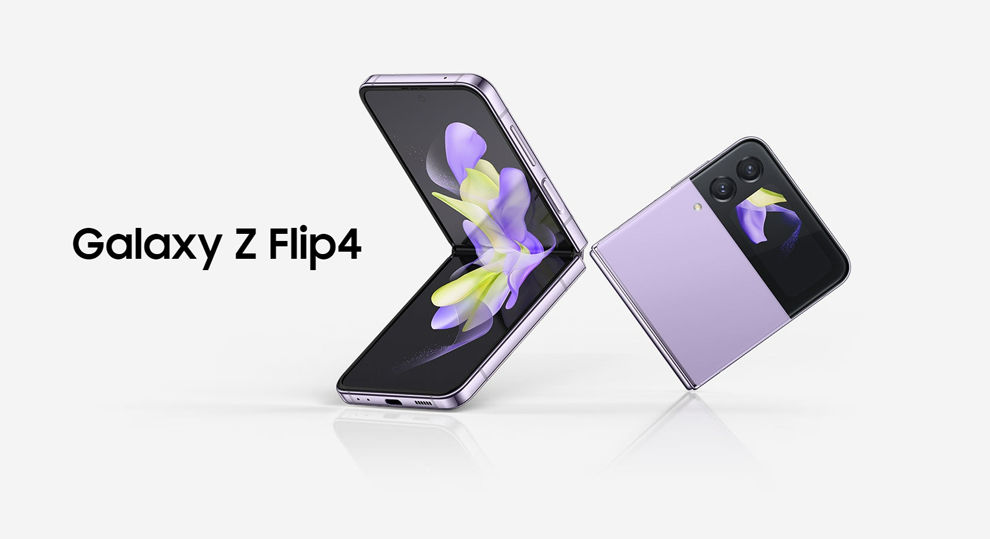Security Integration By Design
 By Paul McNamara, Senior Solutions Engineer at Edgio
By Paul McNamara, Senior Solutions Engineer at Edgio
The finance sector’s cybersecurity threat landscape is expanding at an alarming rate. With the emergence of new attack vectors and technologies, cybercriminals are becoming increasingly sophisticated, targeting financial institutions with greater aggression and creativity. As a result, the conversation on cybersecurity within the industry becomes more critical than ever. Financial organisations must stay vigilant, updating their security protocols and investing in solutions to protect sensitive customer data and financial assets from cyber threats.
A mindset shift is required. It’s no longer a case of trying to prevent the inevitable – security must be included by design across all functions of financial organisations. To ensure that organisations remain secure, leaders must not treat cybersecurity as a separate process, but bake it into everything they do. With a major hack of a financial services payments system potentially costing the world $3.5 trillion, this has never been more important. With security involved in every step of the development process, businesses can reduce friction and mitigate the risk of creating an unsecured application.
Back to basics
When approaching security by design, leaders need to keep things simple and cover the basics first. Develop a focus on the essential, not the exceptional. On a simple level, this means identifying anything exposed to the internet, and ensuring that it is protected. With an average data breach costing businesses $4.35 million, it represents a big loss for corporations.
The best way to ensure businesses are protected is with a holistic, end-to-end approach to cybersecurity. From basic infrastructure to DDoS protections to applications, every layer requires evaluation – and it’s not just for the threat of breaches. Holistic security solutions will protect the confidentiality, integrity and availability of your data. While a focus on threats is invaluable, keeping a website up and running proves equally important.
Having the right solutions, capabilities and processes in place is vital so that businesses can use their money and resources wisely. For instance,…





